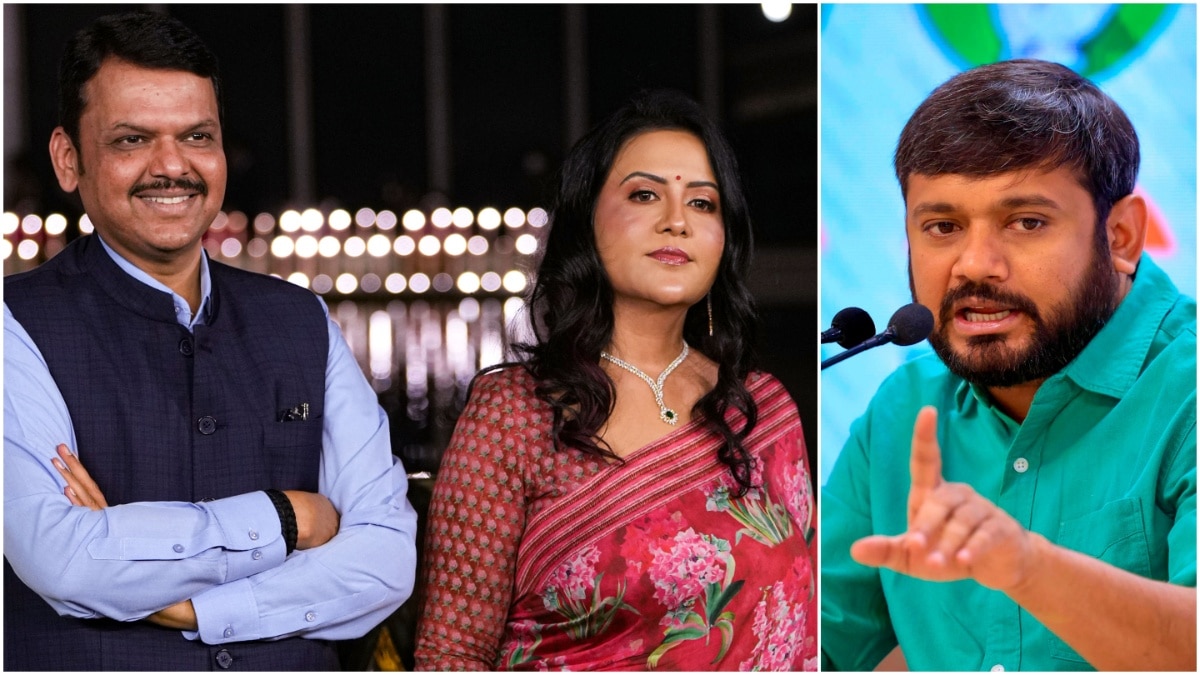
The creativity of women has contributed to important scientific discoveries. Their contributions have fundamentally altered the landscape of science and technology, inspiring generations to look beyond conventional boundaries and explore new possibilities. Marie Curie, the first woman to win a Nobel Prize and the only person to win Nobel Prize in two scientific fields, opened a new world to radioactivity field.
She led to the advancement of not only science but also women in science. From the ground breaking work of Rosalind Franklin in understanding the molecular structure of deoxyribonucleic acid (DNA) to the latest exciting discoveries by Jennifer Doudna and Emmanuelle Charpentier to edit genes, the impact of women in science is profound and ongoing. Asima Chatterjee, a prominent Indian organic chemist, revolutionised the field of chemistry with her cutting-edge research in the field of medicinal chemistry with special reference to alkaloids, coumarins and terpenoids, analytical chemistry, and mechanistic organic chemistry.
Humaira Gowher, a distinguished researcher from Kashmir, has significantly advanced our understanding of the biochemical properties of DNA methyltransferases. Thus, women have made significant contributions and played essential roles in deepening our understanding in the field of chemistry. With the advancement of scientific field, researchers in the field of chemistry are increasingly turning to Computational chemistry.
Computational chemistry has become a vital pillar of modern scientific research and innovation as it bridges the gap between theoretical chemistry and experimental validation. This year, its significance was highlighted by the Nobel Prize in Chemistry, awarded to David Baker, Demis Hassabis, and John Jumper. Their pioneering work in computational protein design and AI-driven protein structure prediction emphasizes the transformative impact of this field on scientific research and innovation.
Earlier, the 1998 Nobel Prize in Chemistry, awarded to Walter Kohn and John Pople, led to a surge in recognition of this field and after Pople added DFT to GAUSSIAN, it became possible to carry out an in-depth study of the chemical reactions. During that pioneering period, there were only a handful of women (1-2 %) involved in the Computational chemistry research. Female computational chemists like Sigrid Peyerimhoff and Elena Galpern contributed to the development of the ab initio quantum chemical methods for the study of molecular properties and the stability of carbon cages leading to the prediction of the existence of buckminsterfullerene (C60) long before it was synthesized experimentally.
Over time, the involvement of women in chemistry and related fields has increased, as reflected in a report by the UNESCO Institute for Statistics (UIS). As per this report, almost 30% of the world’s researchers in the general area of Science, Technology, Engineering, and Mathematics (STEM) are women. Demographic data from two key computational chemistry conferences and the COMP Division of the American Chemical Society published in the Journal of Chemical Information and Modeling (JCIM) indicated that more women are participating in these events, contributing their insights at these professional gatherings.
FemEx, a project funded by the Norwegian Centre for Theoretical and Computational Chemistry (CTCC) and the Research Council of Norway, for promoting female excellence in theoretical and computational chemistry through conference and scientific meetings, is another excellent example of an endeavour to promote women in the field of Computational chemistry. In conclusion, the future looks bright as more women enter and excel in the dynamic field of Computational chemistry. Their contributions will drive innovations that benefit society as a whole, ensuring a vibrant and diverse scientific community.
Afshana Hassan is a Senior Research Fellow (CSIR) at the Department of Chemistry, Islamic University of Science & Technology, Awantipora..














